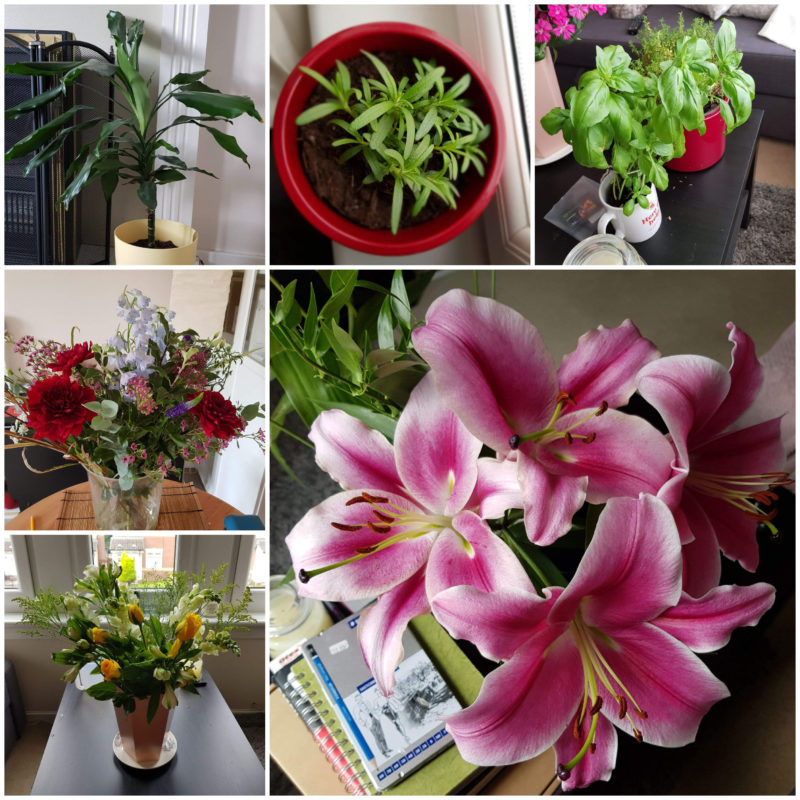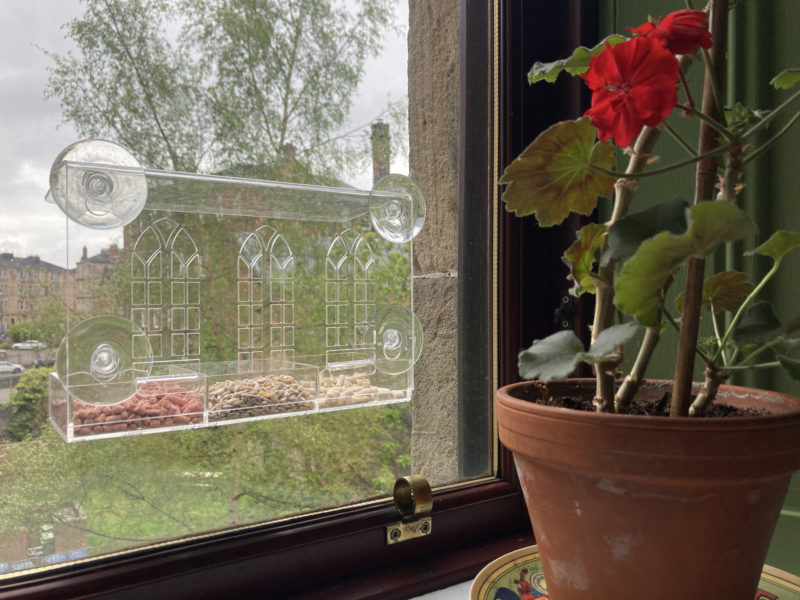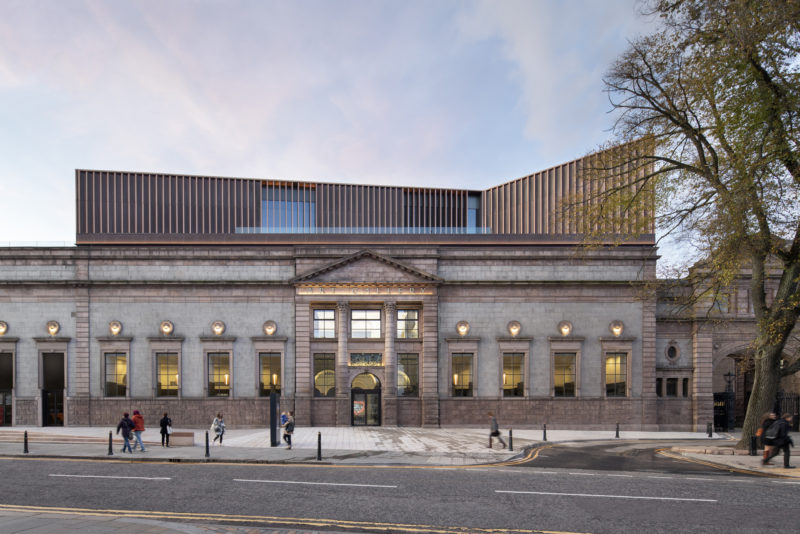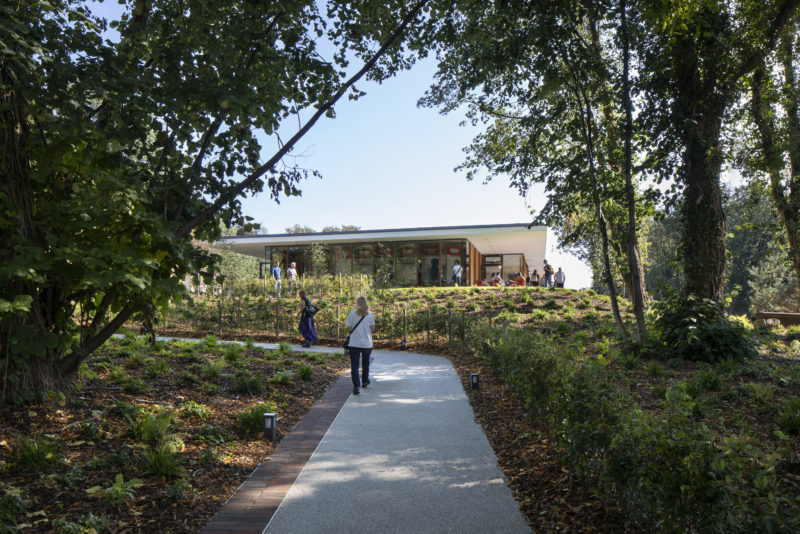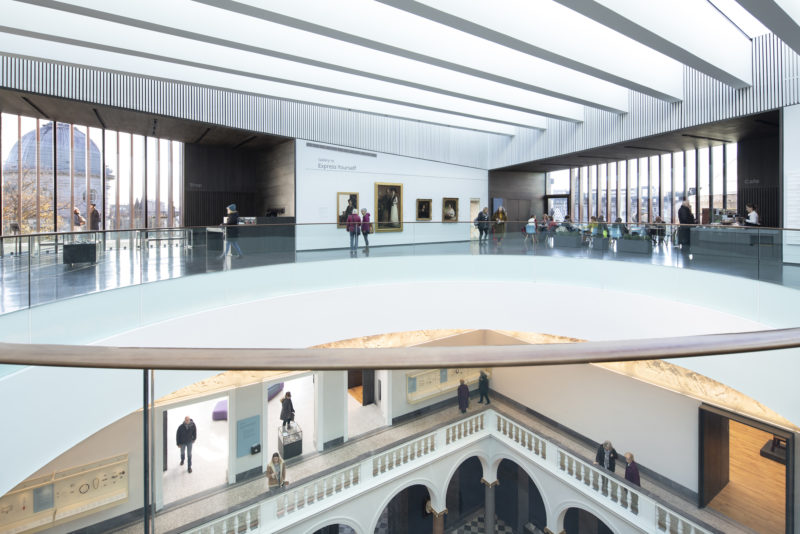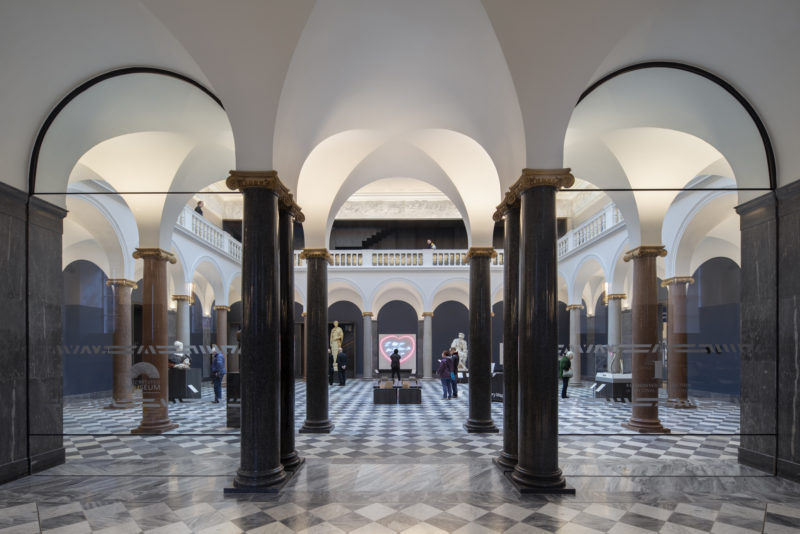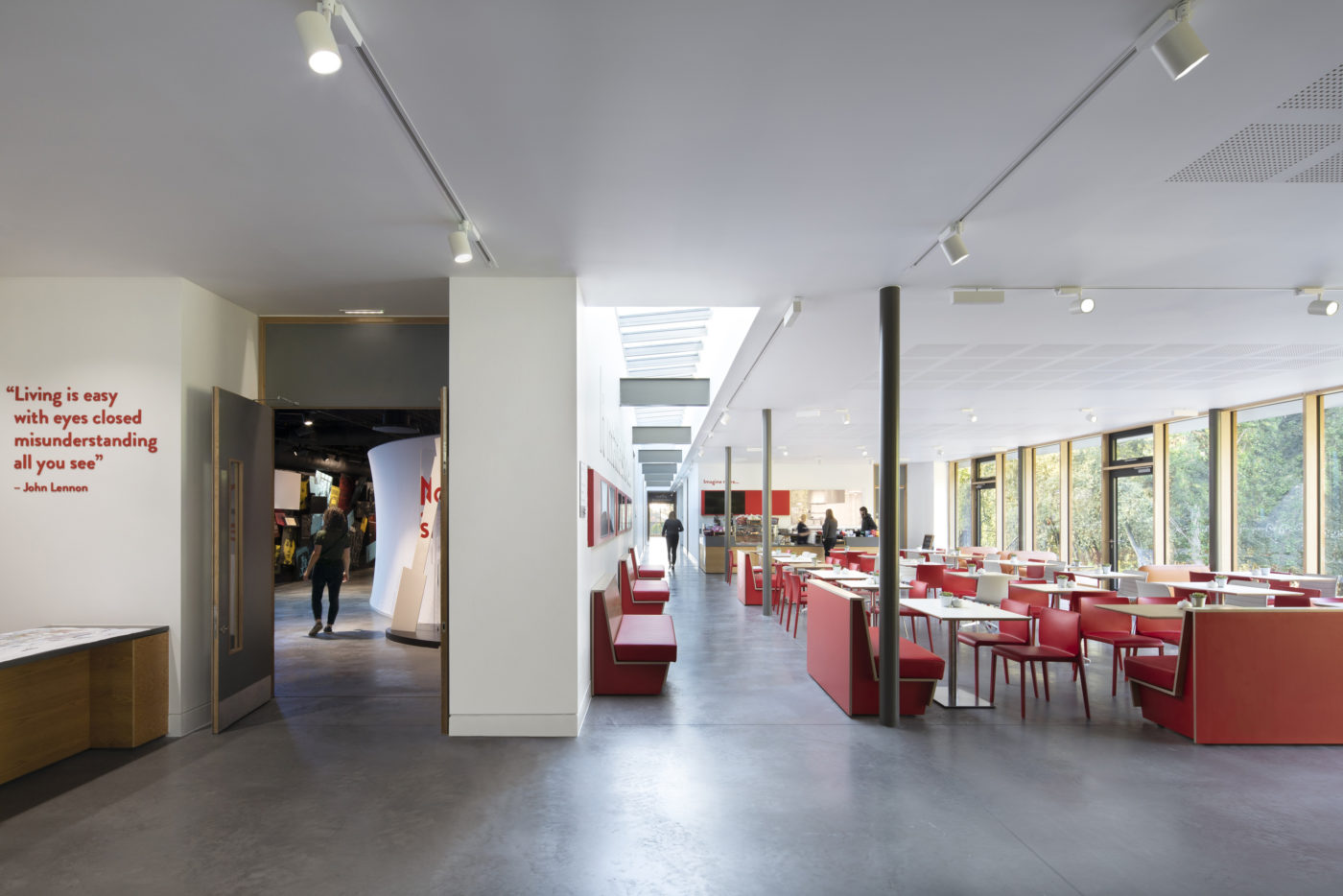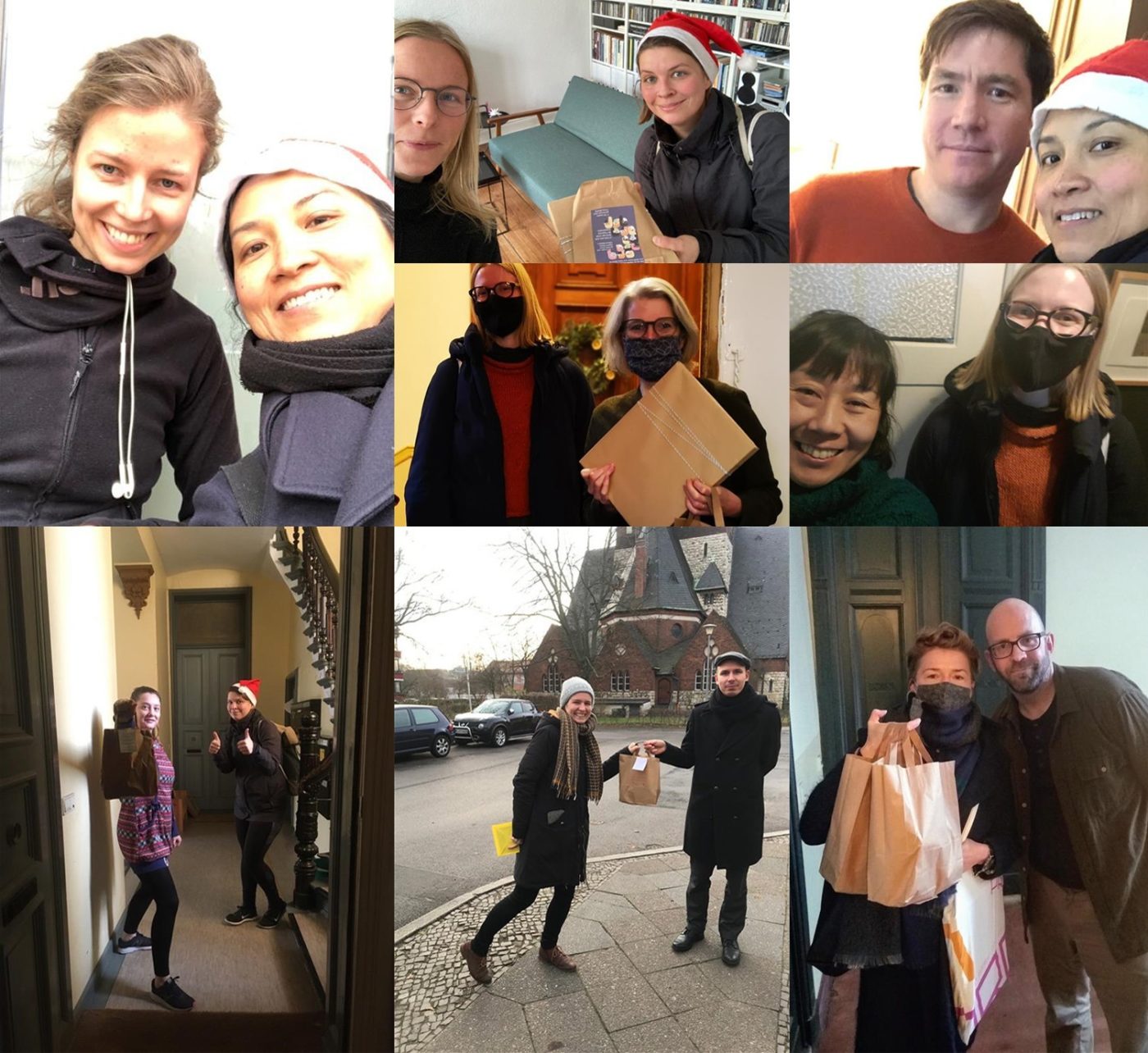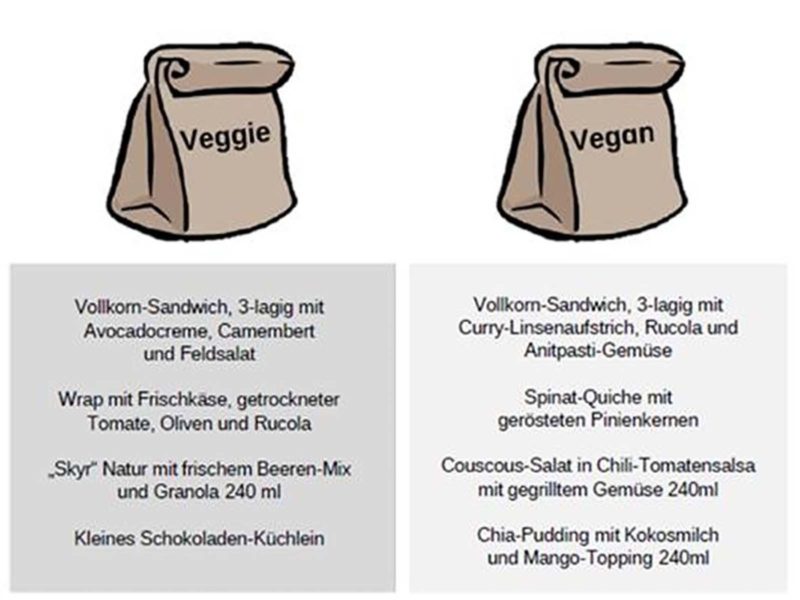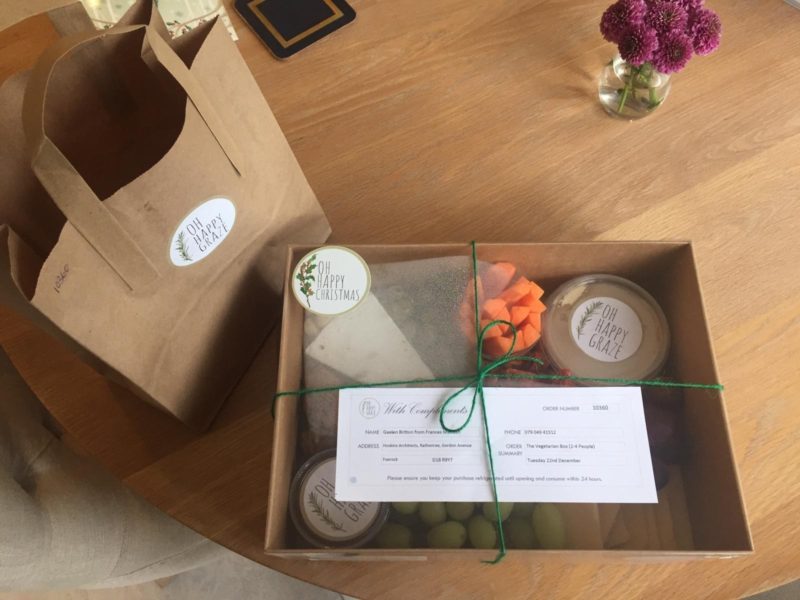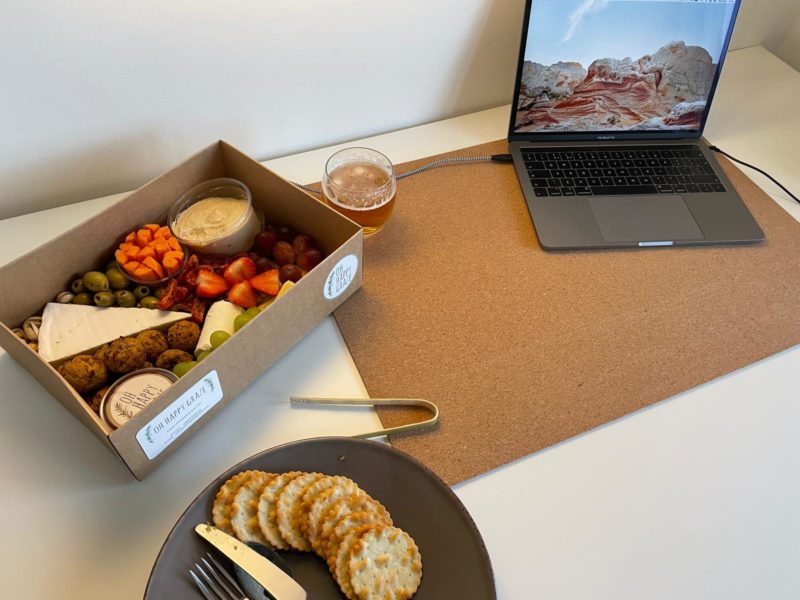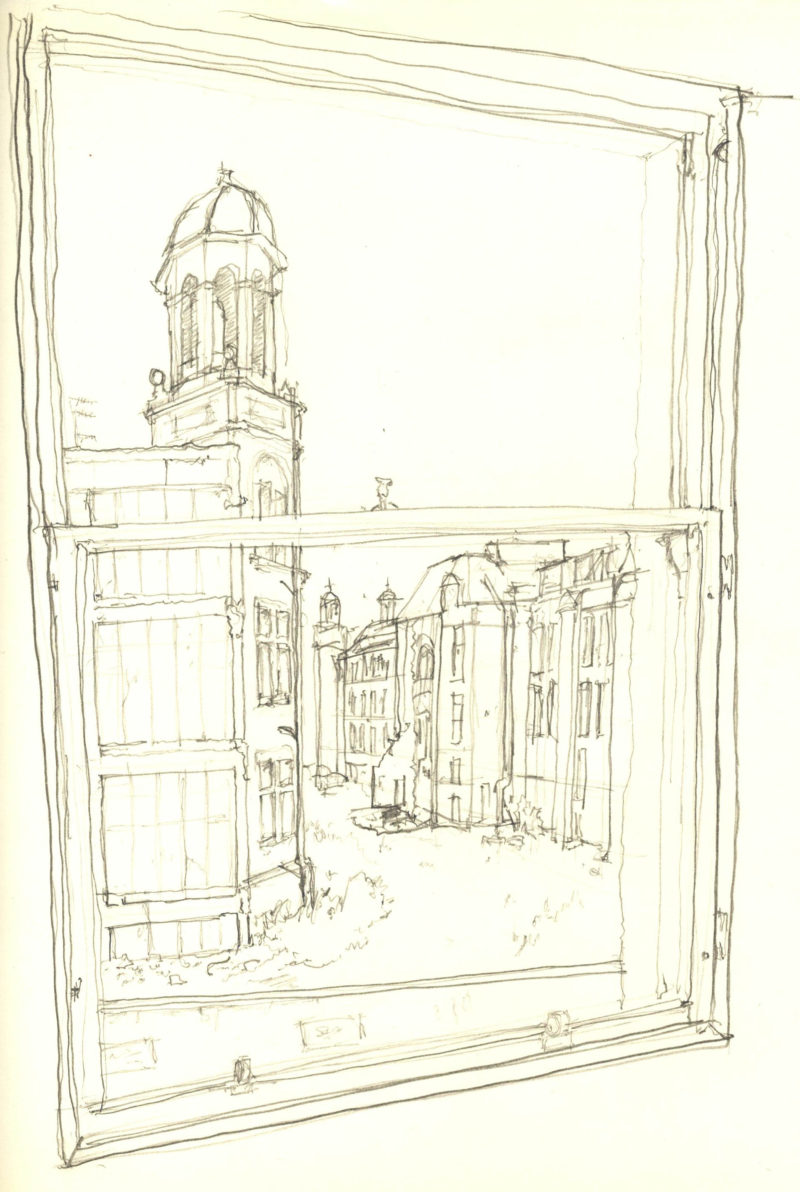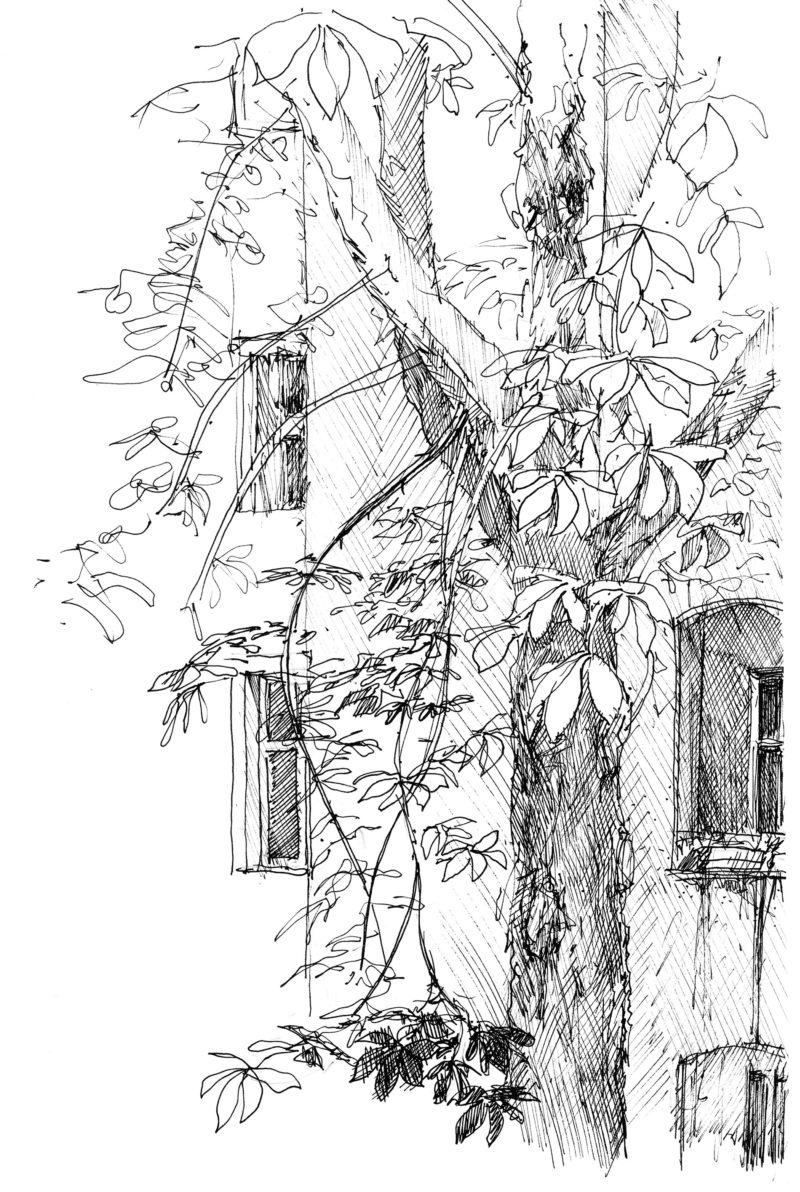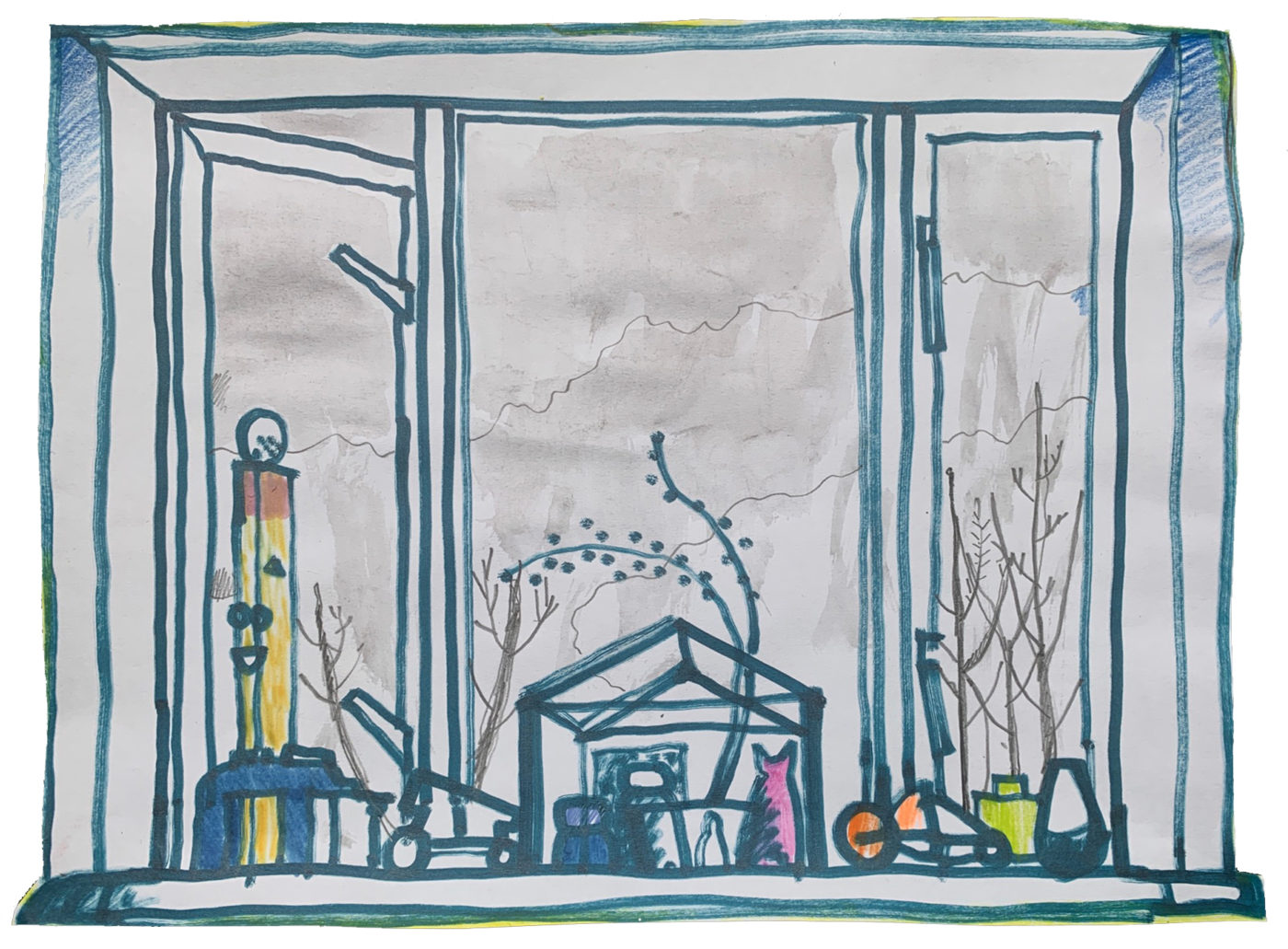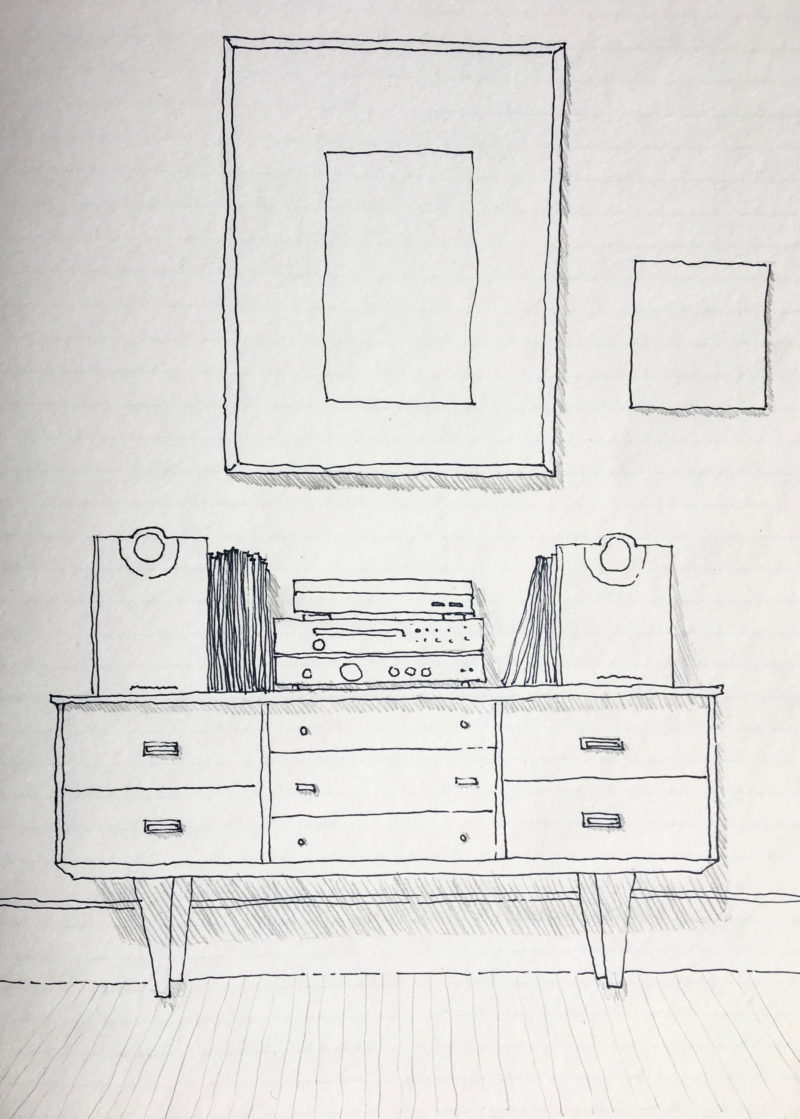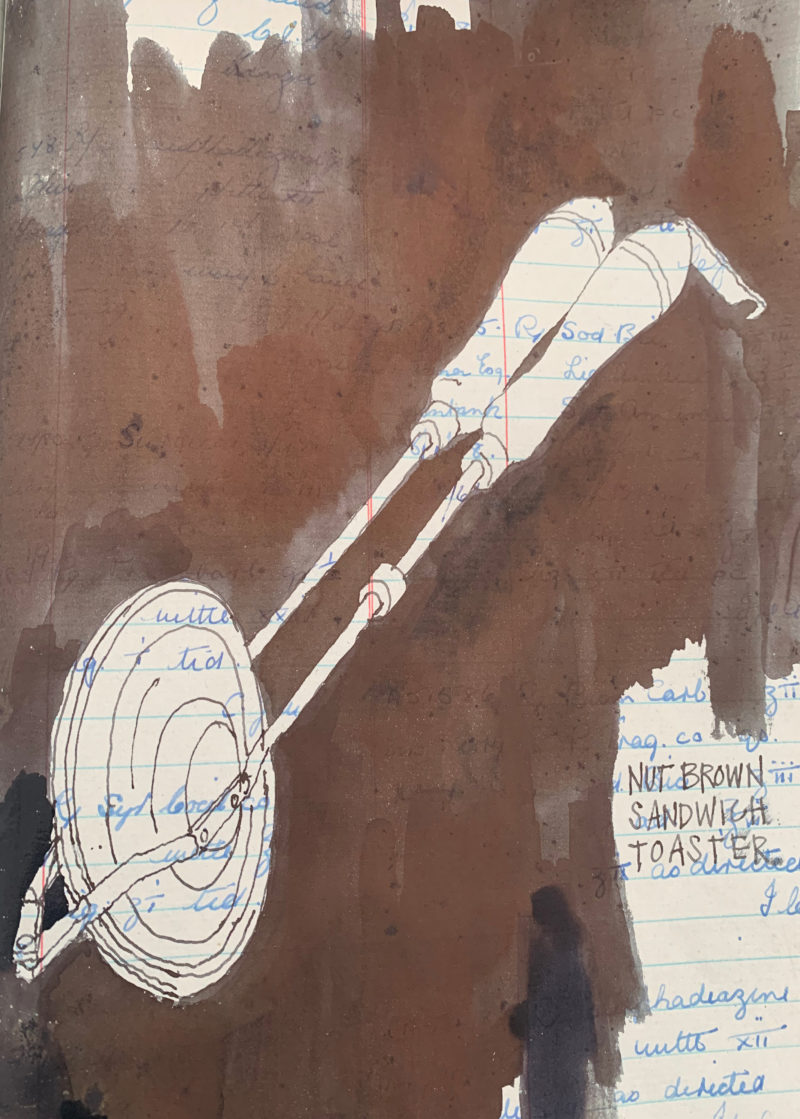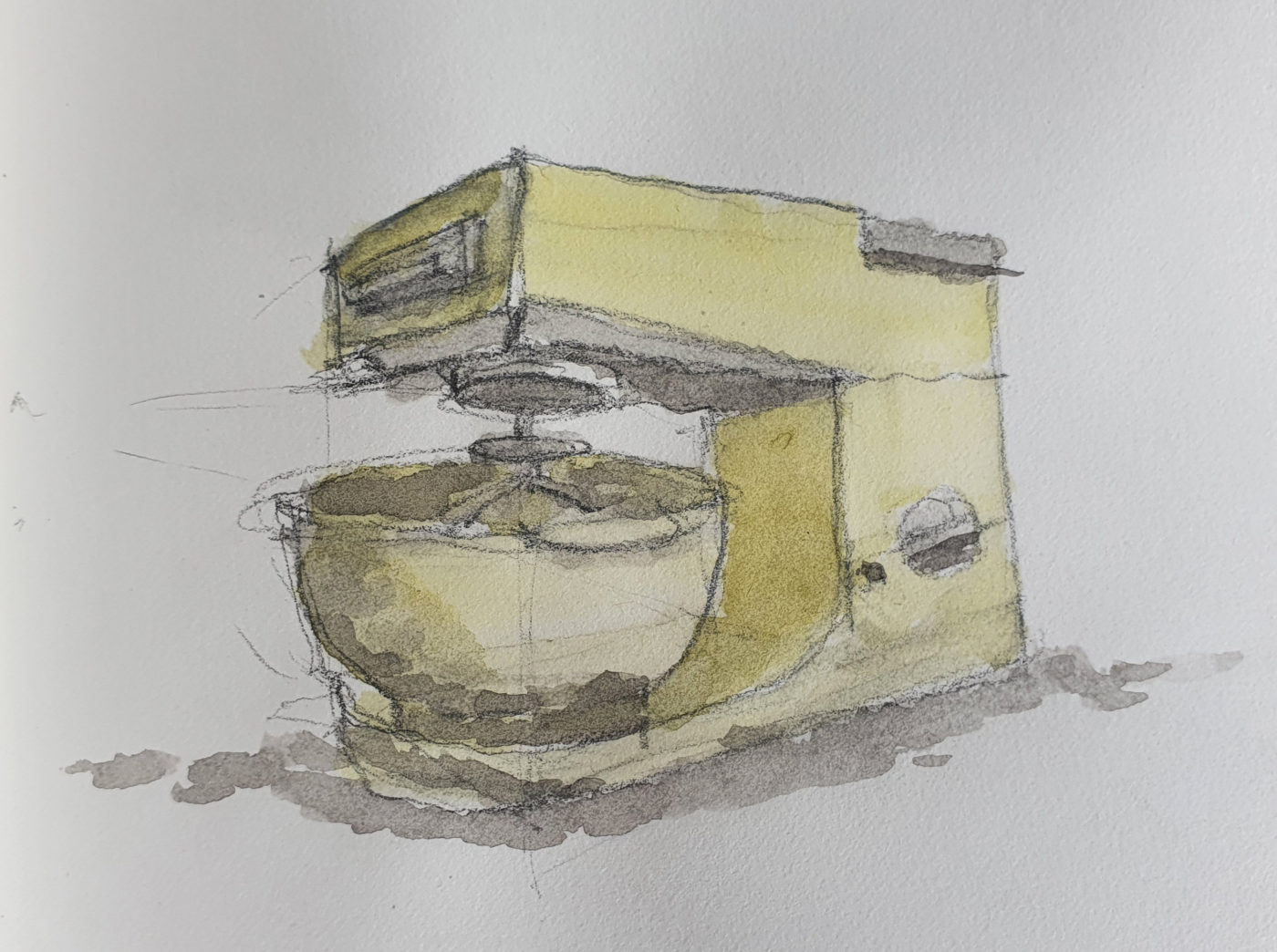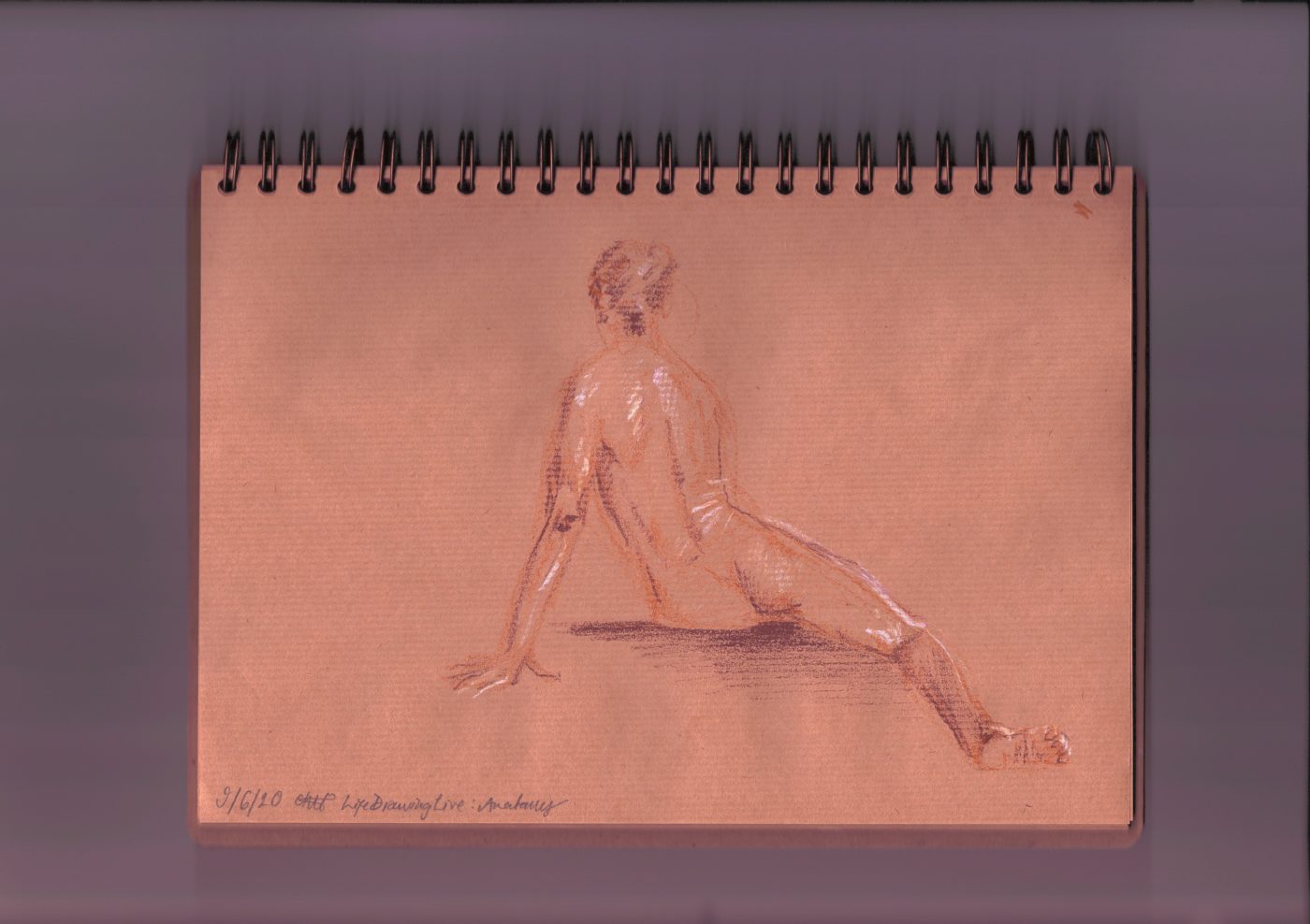Connecting With Nature - Mental Health Awareness Week
Last week was Mental Health Awareness Week. This annual event aims to encourage conversations surrounding all aspects of mental health, as well as sharing help and advice for those struggling with their mental wellbeing.
The Mental Health Foundation chose Nature as this year’s theme, encouraging people to engage with their connections to the natural environment. They hope to also provide examples of the vital role that nature plays in sustaining our mental health, and thus how important it is to ensure it is accessible to everyone. This theme is especially fitting, with the country having been in varying stages of lockdown over the past year. During this difficult period, many of us have relied on nature and the restorative effect that it can have on our mental wellbeing.
To get involved, our office participated in a group mindfulness session – set to become a regular occurrence – and shared mental health resources via an office newsletter. Engaging with this year’s theme, we asked the team to share with us the ways in which they have been connecting with nature. We received a wonderful variety of responses, with people sending in photos of their favourite green spaces, new house plants and even some of their own artwork!
Glasgow is known for it’s bustling city centre, however it is also an incredibly green city, home to country parks, woodlands and great grassy hillscapes. Mark’s photos show our ‘dear green place’ in all of it’s weather-changing glory.
'Cycling has always been a great escape for me and particularly over the last year. Glasgow is great for being able to nip on to the canal or out in to the paths, lanes and fields and within 15/20 minutes you can be right out of the city and in to nature - sometimes a wee bit close for comfort!’
Hilmi shared with us his experience of planting tomatoes in Bulgaria, ‘In the countryside in Bulgaria, every year at the start of May we plant tomatoes (the left row) and cucumbers (right row). The transformation from little plants to a 2 meter green corridor never fails to amaze me.’
But if you can’t get out into nature, then why not bring the nature to you? Over the course of lockdown, many members of our team have done just that, finding a new passion for indoor gardening.
Growing and taking care of plants can have great therapeutic effects on our mental wellbeing. Elly put these potential benefits perfectly saying, ‘Plants were a big help over lockdown, having a weekly watering routine (when my usual routine went out of the window) was a good anchor for me. And watching them grow and unfurl a new leaf always brings me joy.’
Taking inspiration from the views from his Glasgow flat, our colleague Al has created a series of striking paintings which capture the changing colours of the sunsets out his window.
‘On a clear day with no clouds the sunsets can be something else, just incredible colour gradients from yellows, oranges and pinks fading to deep blues, purple and black. They inspired me to pick up watercolours again which has really helped my mental health. As a medium it is quite forgiving but also demands patience and mindfulness which I really enjoy.’
And who could forget the important job that our animal companions have played in bringing smiles to our faces?
Chloe invested in a bird feeder which brought a wonderful array of wildlife to her window, ‘Five minutes after we stuck it to the window, we started getting visits from starlings, blue tits and robins who return daily, especially at breakfast. They're so wonderful to watch, plus excellent entertainment for the cat!’
Our thanks go out to all the staff who took part in sharing their images and experiences. We hope you take as much joy from them as we did!
Hoskins Architects Win Big at Civic Trust Awards
With two of our projects among just 40 winners from around the globe, Hoskins Architects is thrilled to have won the National Panel Special Award, for our transformational project at Aberdeen Art Gallery. Our project at Strawberry Field, a visitor and training centre for young people with learning disabilities, for the Salvation Army, was also a winner in the Selwyn Goldsmith award.
Aberdeen Art Gallery
Established in 1959 the Civic Trust Awards is the longest standing built environment awards scheme in Europe, and one of the only remaining independent built environment awards schemes, not linked to any organisation, institution, or publication. The scheme recognises and champions projects which offer a positive cultural, social, economic or environmental benefit to the public and their community, often focusing on: design, sustainability, inclusiveness and accessibility. The scheme encourages the very best in architecture and design.
These principles sit at the very heart of our design process; at Aberdeen Art Gallery, the redevelopment was focussed heavily on accessibility and inclusivity, as well as improving its educational facilities and cultural offering, leading to greater public participation and a sense of ownership. The redevelopment also provided a fresh new approach to displaying the collection, creating a rich variety of experiences for visitors of all ages and abilities.
“An absolute triumph. This is an exemplar project, meticulously carried out and benefits generations to come” - Civic Trust Awards National Judging Panel
In addition to winning a Civic Trust Award, the project scooped the top prize, the National Panel Special Award. Panel members select their favourite scheme from this year’s award winning projects and we are delighted that Aberdeen Art Gallery was voted for unanimously by the judges.
Councillor Marie Boulton, Aberdeen City Council’s culture spokesperson said –
Councillor Marie Boulton, Aberdeen City Council’s culture spokesperson said –
“Aberdeen Art Gallery will be a vital building block in Aberdeen’s social and economic recovery post-pandemic. The revitalised building offers us a safe space to meet friends and family, or to take time out by ourselves to be inspired by the collections in uplifting surroundings. As well as supporting our wellbeing, the redeveloped Art Gallery is a beacon for Aberdeen as a vibrant cultural destination, something we can all take a huge amount of civic pride in. We’re grateful to the Civic Trust Award judges for recognising the landmark redevelopment with their top award.”
Strawberry Field Liverpool
Our project at Strawberry Field also won, taking the Selwyn Goldsmith award for Universal Design. Delivered in parallel with the Civic Trust Awards application process, all CTA entries are automatically considered for the Selwyn Goldsmith Award with the winner selected by a specially convened panel of universal design experts.
Civic Trust Award assessor David Simister commented –
“Frankly fabulous! Simple, always good in my mind, well detailed, robust materials, and a great use of the sloping site”
Universal Design is about ensuring that places work for all people, no matter your age, ethnicity, gender or ability; environments or buildings are responsive, flexible, welcoming, easy to use and occupy; allowing all to use with dignity and equality. The Selwyn Goldsmith Awards (SGA) seek to promote and applaud those schemes which achieve this and exceed regulation.
Strawberry Field is a new 1,360m2, training and visitors centre for The Salvation Army, on the site in Liverpool made famous by John Lennon. It provides a specialist educational hub for young adults with learning disabilities, alongside a visitor destination. The exhibition, cafe and shop support the training programme and generate opportunities for young people to overcome barriers to employment. The building and grounds weave together educational, cultural, heritage and spiritual exploration.
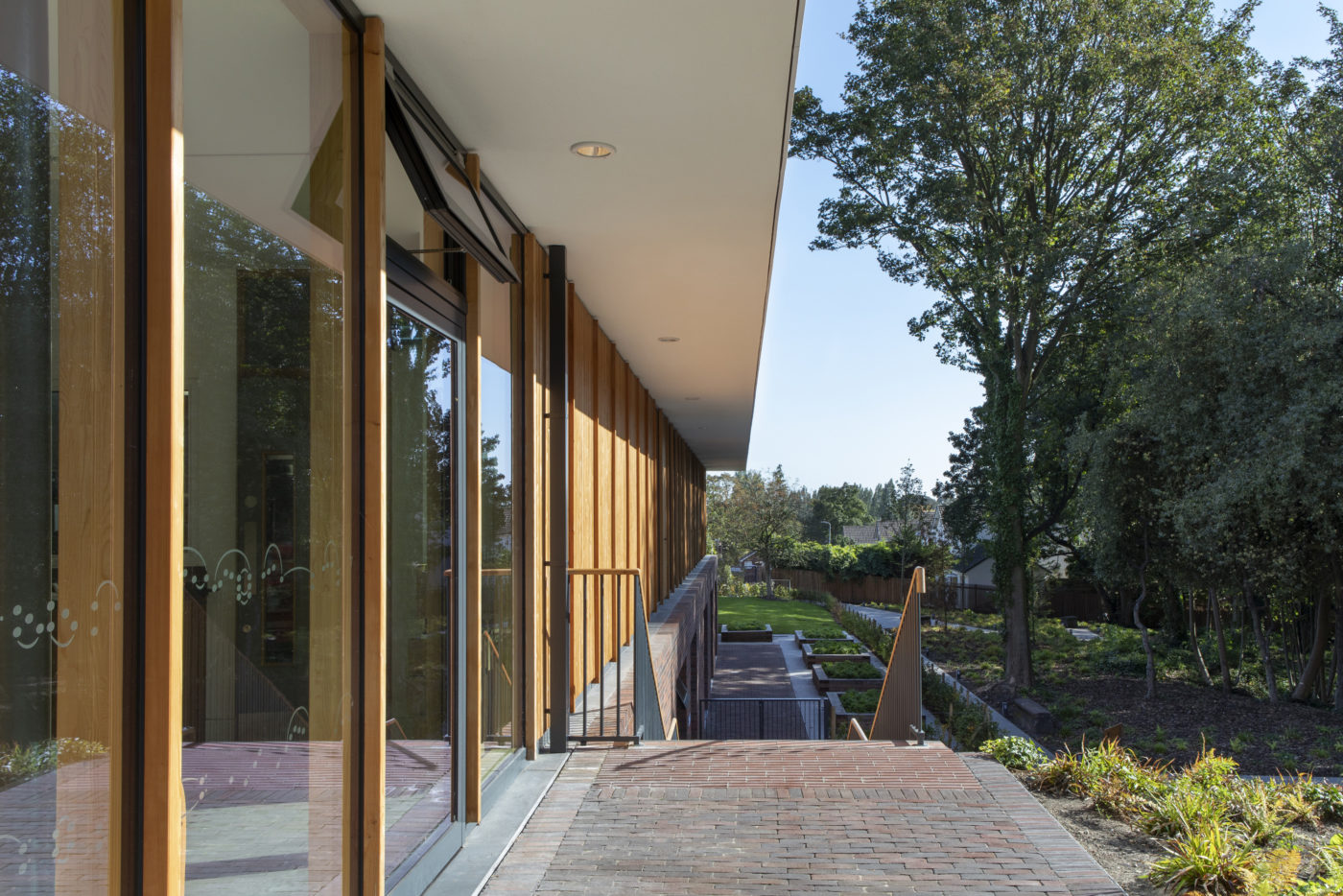
Major Kathy Versfeld, Mission Director of Strawberry Field said –
“The brief given to Hoskins Architects, to design a new centre for the world famous ‘Strawberry Field’ was a tall order. We wanted a world-class visitor centre that would deliver the ‘wow’ factor to visitors from around the world, but it also needed to be flexible enough to cater for the diverse needs of the local community, providing a place of refuge and inspiration to all. Hoskins Architects responded with a design that is beautiful but practical, creating a space that is a pleasure to work in, to learn in and to dream in. Well done on a fine achievement!”
- Major Kathy Versfeld, Mission Director of Strawberry Field
Image Key:
Entrance elevation showing new rooftop extension of Aberdeen Art Gallery
Entrance leading to Strawberry Fields Visitors Centre
New extention and rooflight at Aberdeen Art Gallery
Center sculpture court below
Strawberry Fields 'Imagine More' Cafe
Exterior leading to the iconic Strawberry Fields gardens
DRAFT - XMAS
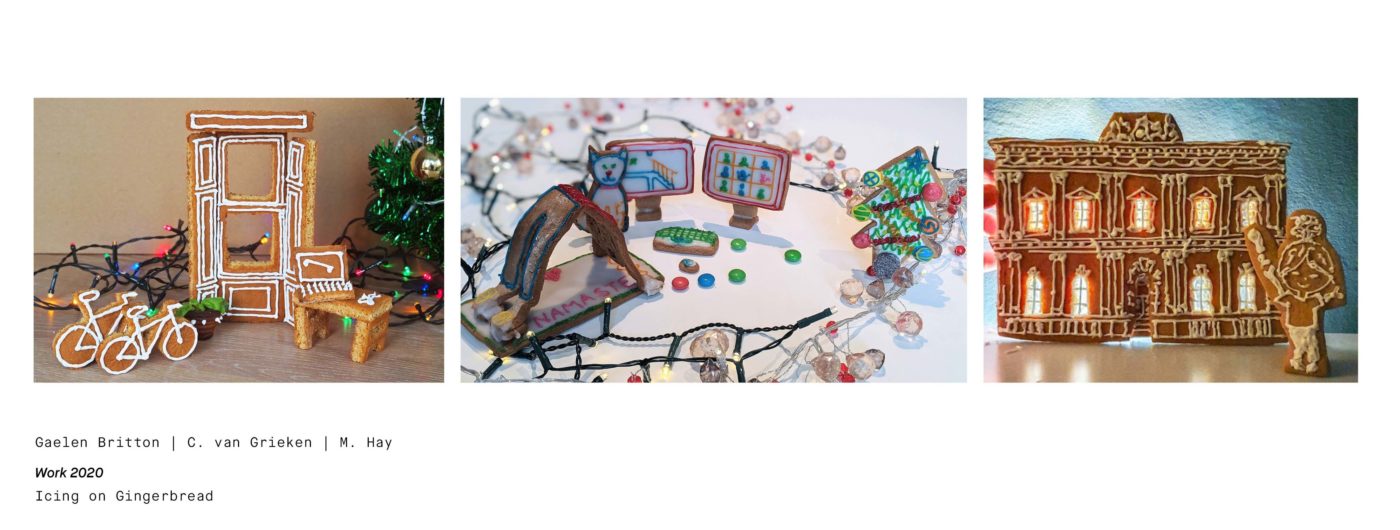
DRAFT - In our final post of the year we want to say a massive thank you to our incredible team. Everyone has worked so hard this year and made the best of what has been a strange time to say the least. Though we’ve had to face 9 months and counting of extended physical separation through working from home, everyone has thrown themselves into the challenge and worked with good grace and good humour and a ‘can-do’ spirit.
Despite the difficulties, we’ve enjoyed working on a range of fantastic projects from Langside Halls in Glasgow to Ulster Museum in Belfast and Museum fur Franken in Marienberg, Germany. We have navigated the new challenges of working on site in 2020 with our teams on the Scottish National Galleries in Edinburgh and at George Street in Glasgow as well as others. Successes this year included winning our first new work from an online interview process in the first lockdown, and though many of the industry awards have been postponed, several did go ahead resulting in a number of uplifting award wins to end the year. We were particularly delighted to see Aberdeen Art Gallery recognised with the judges Supreme Award at this year’s GIA online ceremony. A testament to the hard work and vision of the whole team.
Although times have been tough, it’s been another successful year working with our dedicated clients and consultant teams – we’re lucky to work with some amazing people who’ve all pulled together this year to meet the challenges brought by the pandemic head on. It has been inspirational to watch the creative community come together this year.
So, Happy New Year everyone, and while putting 2020 behind us we are embracing 2021 and a lot of rewarding things on the horizon. Next year will see the completion of some projects close to our hearts including Greenock Health and Care Centre and David Livingstone Birthplace. We are also planning some exciting developments at Hoskins Architects and look forward to sharing this with you as we go through the year.
This year, as for most, we were unable to enjoy our normal, always eagerly awaited festive celebrations. However, carrying forth the attitude we developed earlier in the year we didn’t let that get in the way of coming together and sharing some social time. Everyone received a small package of delicious treats to enjoy as we undertook the obligatory (but great fun) Zoom activities. Thank you to everyone that put so much effort into making this, and all the other social interactions throughout the year, happen.
_
Image Key:
Berlin team receiving their Christmas lunches
Berlin lunch package, Berlin lunch menu
Glasgow team lunch packages
Glasgow team virtual Christmas lunch
Langside Halls: Study to find sustainable future for ‘A’ listed venue
Langside Halls Trust (LHT) is delighted to announce the appointment of award winning, Glasgow-based Hoskins Architects and culture & heritage management consultancy, Jura Consultants to undertake a 20 week feasibility study of Glasgow’s magnificent ‘A’ listed Langside Halls. The study is tasked with producing a viable Business Plan and costed design and conservation proposal to enable the Trust to seek the capital funding necessary to refurbish the Halls and realise its vision.
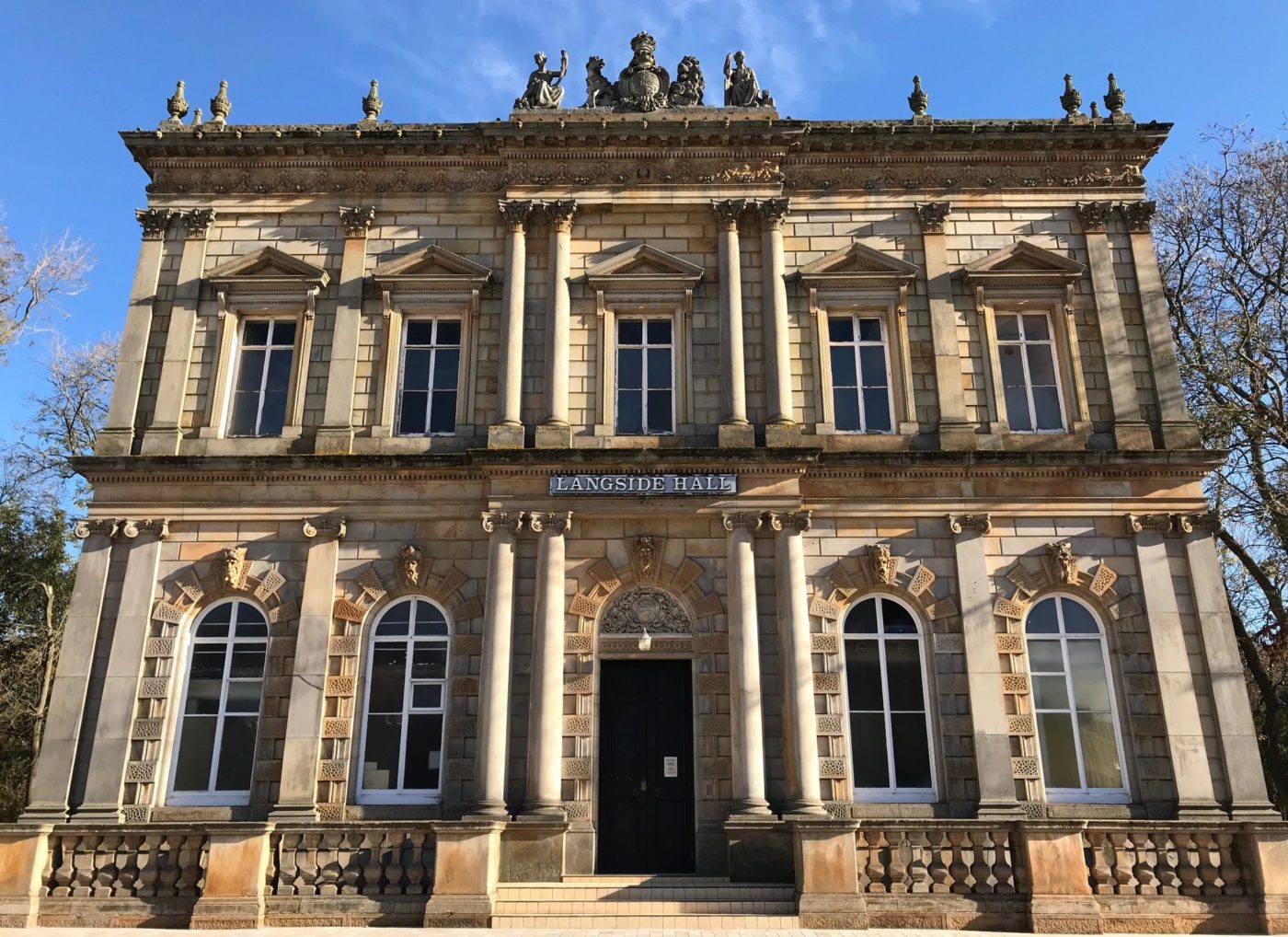
Kevin Kane, Chair of Langside Halls Trust said:
“Our aspiration is to breathe new life into Langside Halls by creating a financially and environmentally sustainable future for the Halls. We want to expand the Southside’s current cultural and leisure “offer” and working with our Consortium partners – Glad Café, Southside Festival and Southside Film - and others, our ambition is to create a regular cultural and social programme at the Halls, use them as a platform for existing and new organisations in the Southside and continue their traditional role as an affordable community-venue-for-hire.”
The Feasibility Study has been made possible by funding from Glasgow City Council Area Partnerships (Southside Central, Langside and Pollokshields), Glasgow City Heritage Trust and Architectural Heritage Fund Scotland.
Melanie Hay, of Hoskins Architects said:
“We are delighted to be working with the Trust to develop their vision for the future of Langside Halls. Our study will focus on improving circulation and accessibility for all, identifying key building fabric improvements and assessing the functionality of the existing spaces to develop a sustainable plan for the Halls. With Jura Consultants, our aim is to develop a robust strategy that ensures the longevity of this exceptional building as a vital asset for the local community and a hub for cultural events in Glasgow.”
An integral part of the Feasibility Study will be a community consultation around a range of options, where community organisations and individuals will be able to input to help identify a final, worked up and costed proposal. Given current Covid restrictions this will likely take place online, and will be announced via the Trust’s website at www.langsidehalls.com.
To realise the Trust’s ambitions, the Study be will used to launch a Capital Fundraising Strategy in 2021.
Laagberg Memorial and Learning Site - Competition Win
In September 2020 Hoskins Architects, working with landscape architects guba+sgard and exhibition designers Ralph Appelbaum Associates, won the competition to design the new Laagberg Memorial and Learning Site in Wolfsburg.
In 2017 the remains of former prison barracks, that formed an outpost of the Neuengamme concentration camp, were discovered in the district of Laagberg. In this location, a new place, suitable for remembrance and learning will be created – a site of communication.
Our approach seeks to take an observational position, highlighting the tensions between silence and liveliness (the forest and residential area), processing and forgetting, coercion and self-determination. From an external viewpoint and with historical distance, we ask ourselves how we feel about the present and future handling of the culture of remembrance.
Positioned between a supermarket and a petrol station, the new centre of remembrance and learning is conceived as a "Stolperstein" or stumbling block and a marker of its time. At the place where an electric fence once bordered the camp, a display of memories tells the stories of the individual inmates. The design expands the site via a raised timber walkway along the historic edge of the neighbouring forest. This path defines the measurements of the former camp, making its dimensions tangible via a transverse and a longitudinal axis and allowing the visitor to engage with that which is no longer visible.
Hoskins Architects and Ralph Appelbaum Associates have a long history of successful collaborative working including on projects such as the Doolan Award winning National Museum of Scotland, Culloden Battlefield Visitor Centre, Weltmuseum Wien in Vienna the Ulster Museum Masterplan and the Museum für Franken in Würzburg, Germany. Together with guba+sgard the team developed an approach that tightly integrates landscape, architecture and exhibition design an aspect that was highly commended by the judging panel.
Image Key:
©Hoskins Architects, guba + sgard Landschaftsarchitekten, Ralph Appelbaum Associates
Lockdown Sketch Club
On the hunt for social activities we could maintain during lockdown, we decided to trial a remote version of our office Sketch Club.
In the past, a group had been out to draw the city at lunchtime, so for our first session at the start of lockdown, we began by sketching the views from our respective home-office windows. We ran a group video call so we could sketch and chat at the same time and bring together colleagues from our Glasgow and Berlin offices. Everyone’s contributions were gathered at the end of the session, including drawings by staff and their families which we then collaged in to a collective ‘view’.
Since then, we’ve drawn favourite items of furniture and objects from our homes, and most recently we’ve been simultaneously streaming the Royal Academy’s life drawing classes together. It’s been a wonderful reminder of the creativity of our colleagues, and the sheer unpredictable joy of sketching.
During remote design reviews and charrettes since March, we’ve also noticed a surge in hand-drawn sketches. Putting pen to paper remains an evocative and powerful communication tool, whether it’s a quick scribble snapped on your phone, or an elaborate mixed-media presentation drawing. Drawing is now more valuable than ever as a substitute for some of the nuances of face-to-face conversation and collaboration, and we hope to keep this momentum going when we return to the studio together.
Chloe Fawcett
Architect, Hoskins Architects 2020








